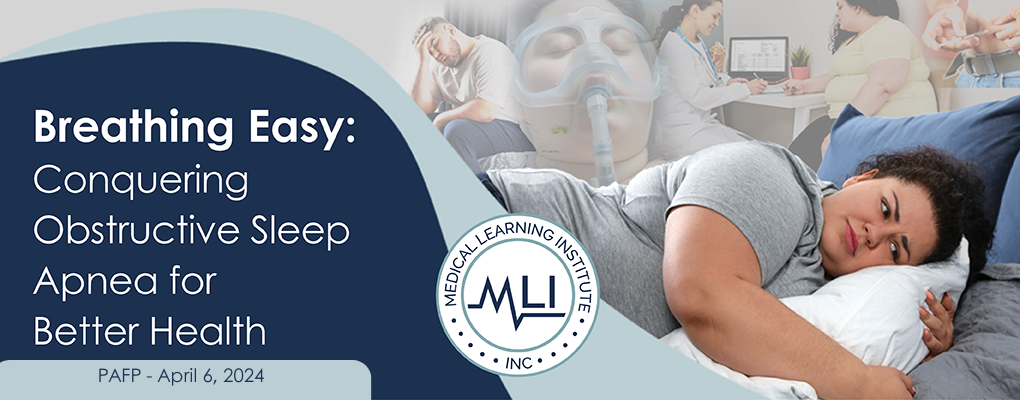
Gain expert insights on the weighty impact of obstructive sleep apnea – from underdiagnosis and complex comorbidities, to decreased quality of life and ballooning healthcare cost. Walk away with up to 2.5 AAFP Prescribed credits and actionable strategies you can put to practice to help your patients sleep better and breathe easier.
This series consists of four individual activities; 3 on-demand activities linked below and 1 live in-person workshop which will be at PAFP’s Spring Connect4 meeting in Hershey on April 6, 2024 at 10:30 AM – 11:30 AM. Plan to participate in as many as you can before April 6 in Hershey to maximize your CME credit.
Please click the buttons below to access the enduring activities and fill out the below form to pre-register for the workshop.